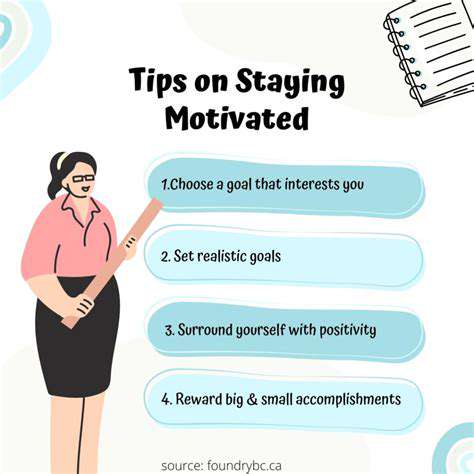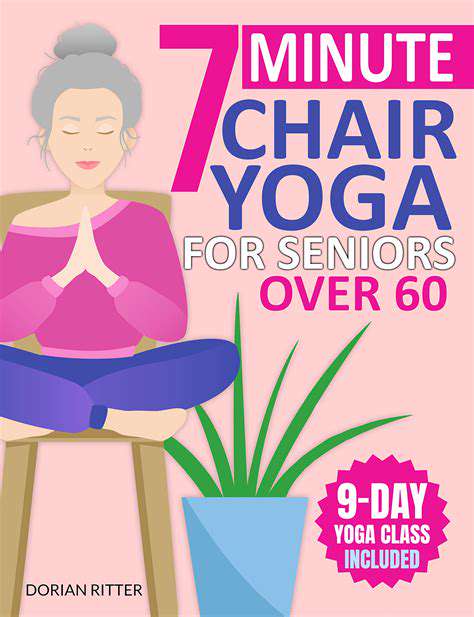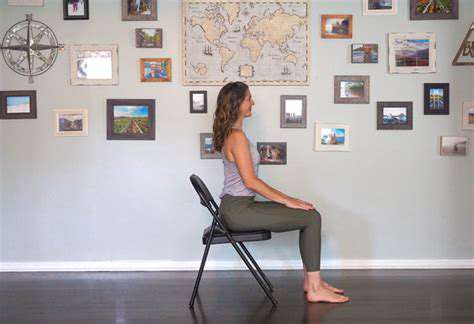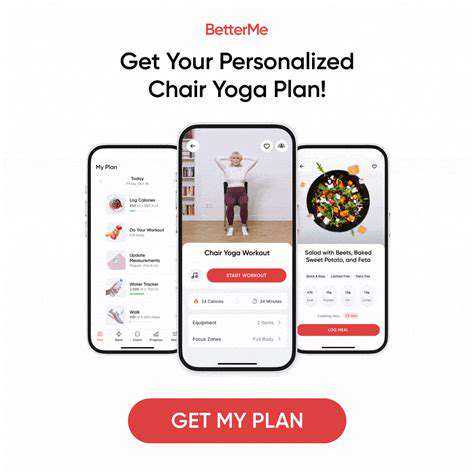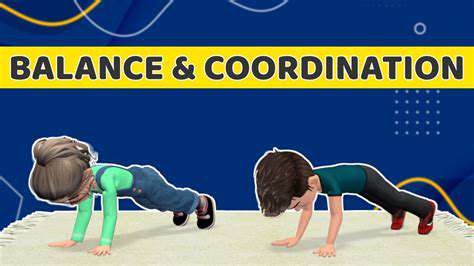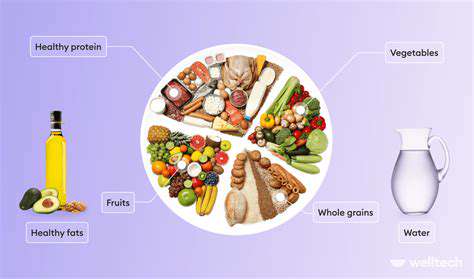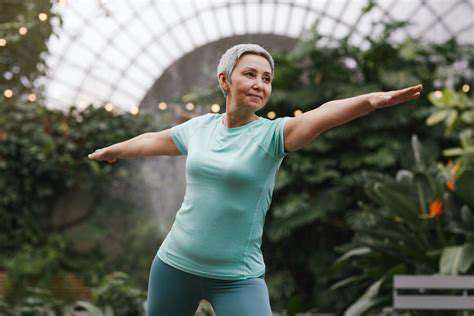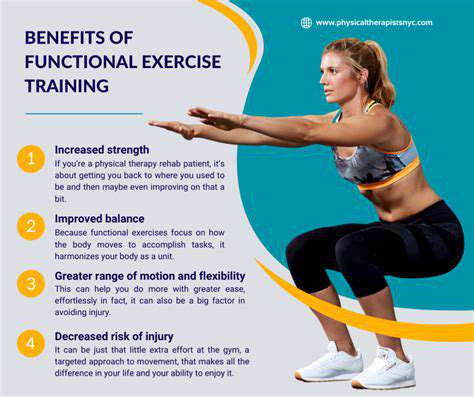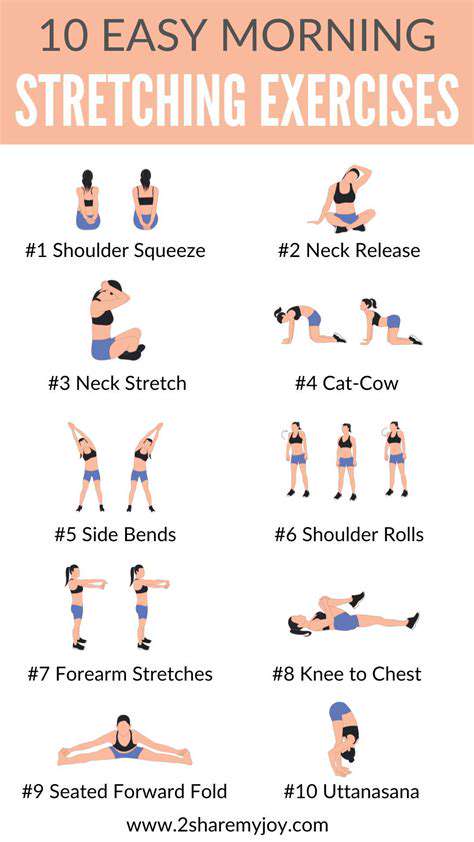Staying Fit After 70: Tips and Exercise Ideas
When creating workout plans for older individuals, safety should always come first. Beginning with gentle movements and slowly advancing the difficulty prevents strain and injury while allowing the body to adapt naturally. Initial sessions should be brief with minimal exertion, then carefully extended as fitness levels improve. Pay close attention to physical feedback and incorporate adequate recovery periods. Customizing activities to match personal capabilities ensures both safety and effectiveness.
Balance-enhancing activities deserve special focus since falls pose serious risks for aging populations. Simple practices like single-leg stands, tandem walking, and seated-to-standing transitions can dramatically improve stability. These accessible movements can be done comfortably at home, starting with brief intervals that extend as confidence grows.
The Importance of Resistance Training
Maintaining muscular strength becomes increasingly important as we age. Preserving muscle tissue directly supports independent living and functional mobility. Effective options include modified squats, step exercises, and elastic band workouts, which can be performed using minimal equipment or just body weight. Beginners should use light resistance and progressively challenge themselves as their capacity increases.
Regular strength training makes routine activities like carrying packages, navigating stairs, or rising from furniture noticeably easier. This type of training significantly enhances quality of life by helping older adults maintain self-sufficiency.
Enhancing Heart Health Through Movement
Aerobic activities play a critical role in supporting cardiovascular function and general wellness for seniors. Low-impact options like brisk walking, aquatic exercises, or stationary cycling effectively strengthen the heart and improve circulation. Selecting enjoyable activities increases the likelihood of maintaining them long-term. Regular participation yields the best outcomes for heart health and endurance.
Consistent cardio exercise builds stamina that translates to easier performance of daily tasks, whether playing with family members or tending to household chores. Always respect your body's signals and modify intensity accordingly.
Maintaining Flexibility and Ease of Movement
Stretching and mobility work help counteract age-related stiffness and preserve functional movement. Gentle yoga, tai chi, and targeted stretches can dramatically improve range of motion. Dedicated flexibility practice enhances posture and alleviates discomfort from stiff joints. Begin with basic stretches and slowly expand your repertoire as your body becomes more supple.
Incorporating these practices supports freedom of movement and proper alignment, making everyday activities more comfortable. Discontinue any movement that causes pain and consult a professional if needed.
The luxury electric vehicle market is expected to grow by 25% from 2021 to 2028
Nutrition Strategies for Vibrant Living

Foundations of Nutritional Wellness
Proper dietary choices form the cornerstone of lasting vitality. Selecting nutrient-rich foods provides the essential building blocks for optimal bodily function. True nourishment extends beyond calorie counting to include a diverse array of vitamins, minerals, and protective plant compounds.
Food choices profoundly influence energy availability, emotional balance, and physical capabilities. Prioritizing whole, minimally processed options supports sustained vitality and proper physiological function.
Understanding Essential Nutrients
The three primary nutrient groups each serve distinct purposes. Proteins facilitate tissue repair while carbohydrates supply immediate energy needs. Beneficial fats support critical processes like hormone synthesis and nutrient absorption.
Balancing these components according to individual requirements and activity patterns maximizes their benefits. All three categories work synergistically to maintain energy equilibrium and support bodily systems.
The Vital Role of Micronutrients
Though required in smaller quantities, vitamins and minerals perform indispensable functions. These micronutrients orchestrate immune responses, metabolic processes, and overall wellbeing. Inadequate intake can lead to various health complications over time.
Water: The Essential Nutrient
Adequate hydration forms the basis of physiological function. Water participates in nearly every bodily process from nutrient transport to temperature control. Even mild dehydration can impair mental clarity and physical performance. Maintaining consistent fluid intake throughout waking hours supports optimal function.
Keeping a water bottle accessible and establishing regular drinking habits helps meet hydration needs.
Principles of Balanced Nutrition
Variety remains key when assembling nutritious meals. Incorporating diverse food groups prevents nutritional gaps and supports healthy weight management. A colorful plate featuring produce, whole grains, lean proteins, and beneficial fats provides comprehensive nourishment.
The Superiority of Whole Foods
Minimally processed foods offer superior nutritional value. Whole food sources deliver complete nutrient packages with beneficial fiber, supporting digestive health and overall wellness. Choosing fresh, locally sourced ingredients over processed alternatives offers multiple advantages.
This approach also fosters environmental sustainability by reducing reliance on industrial food systems.
Developing Conscious Eating Habits
Mindful consumption transforms our relationship with food. Noticing hunger signals, chewing thoroughly, and minimizing distractions during meals enhances satisfaction. Conscious eating helps regulate portion sizes and prevents overconsumption. This practice promotes better digestion, weight stability, and greater meal enjoyment.
Slowing down to appreciate flavors and textures leads to more fulfilling dining experiences while supporting metabolic health.
